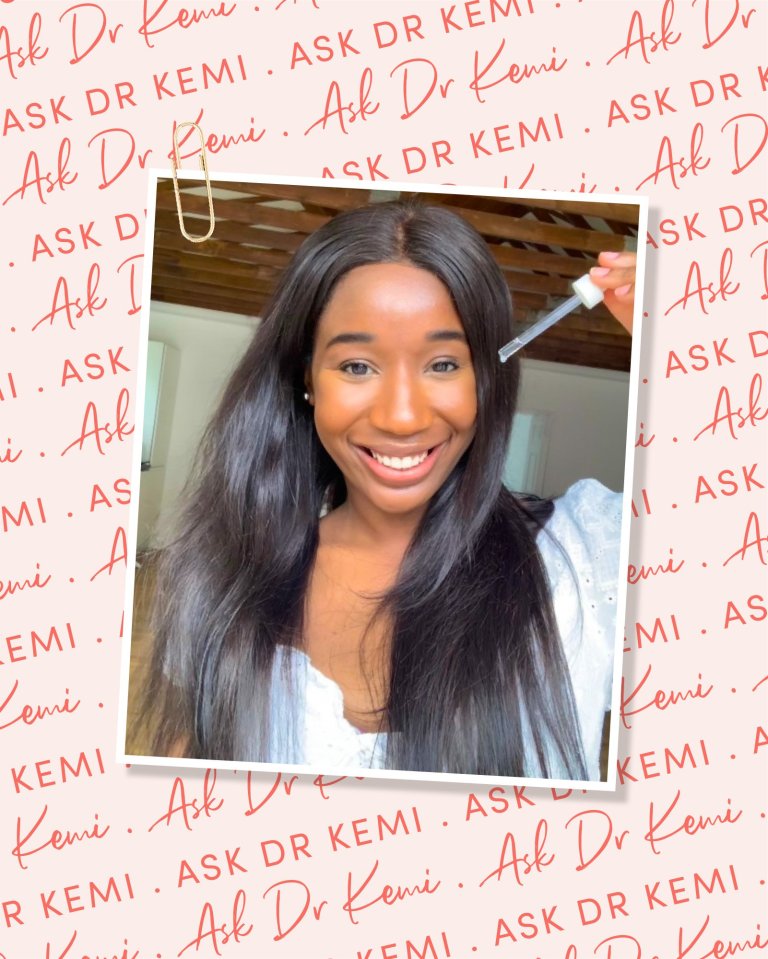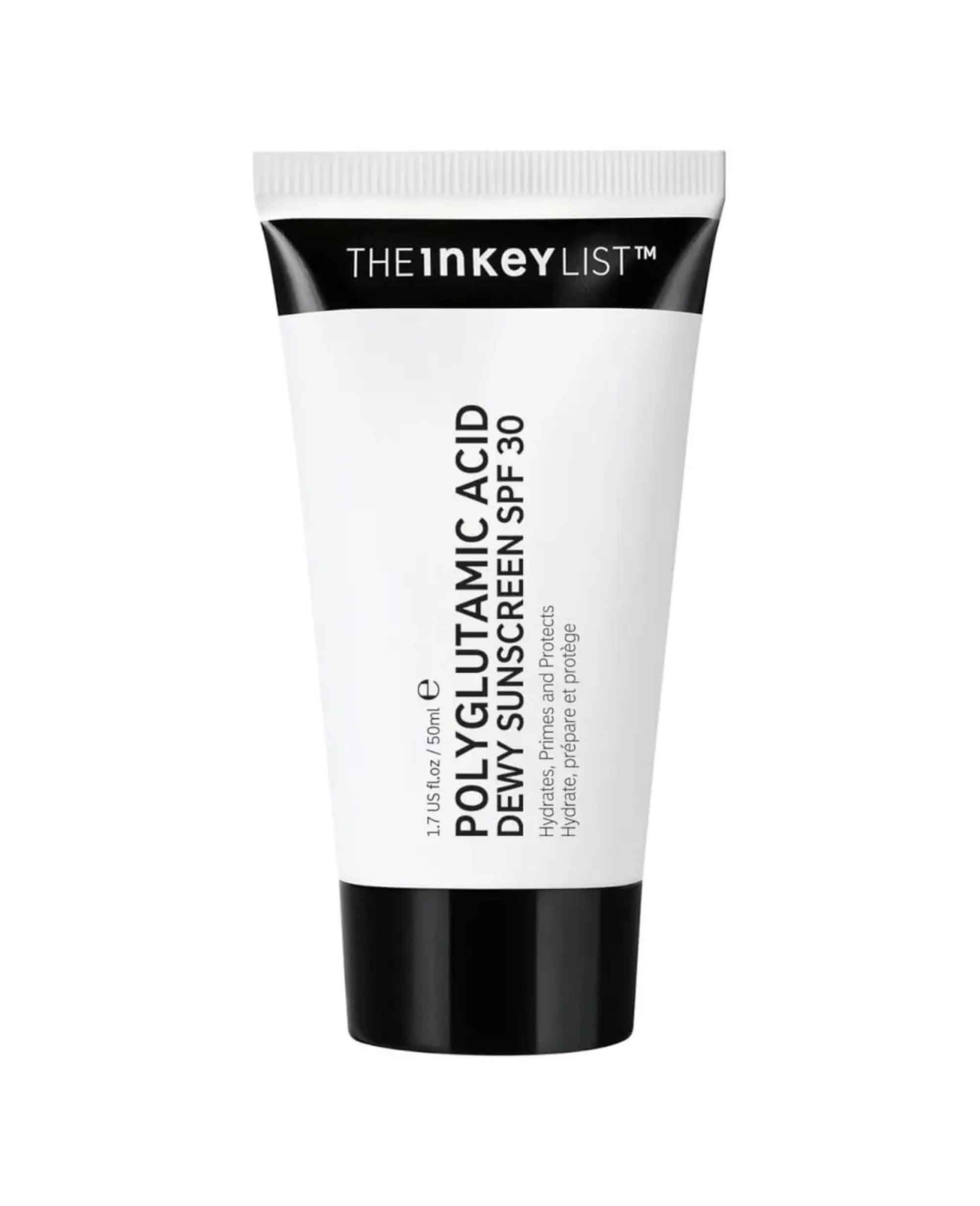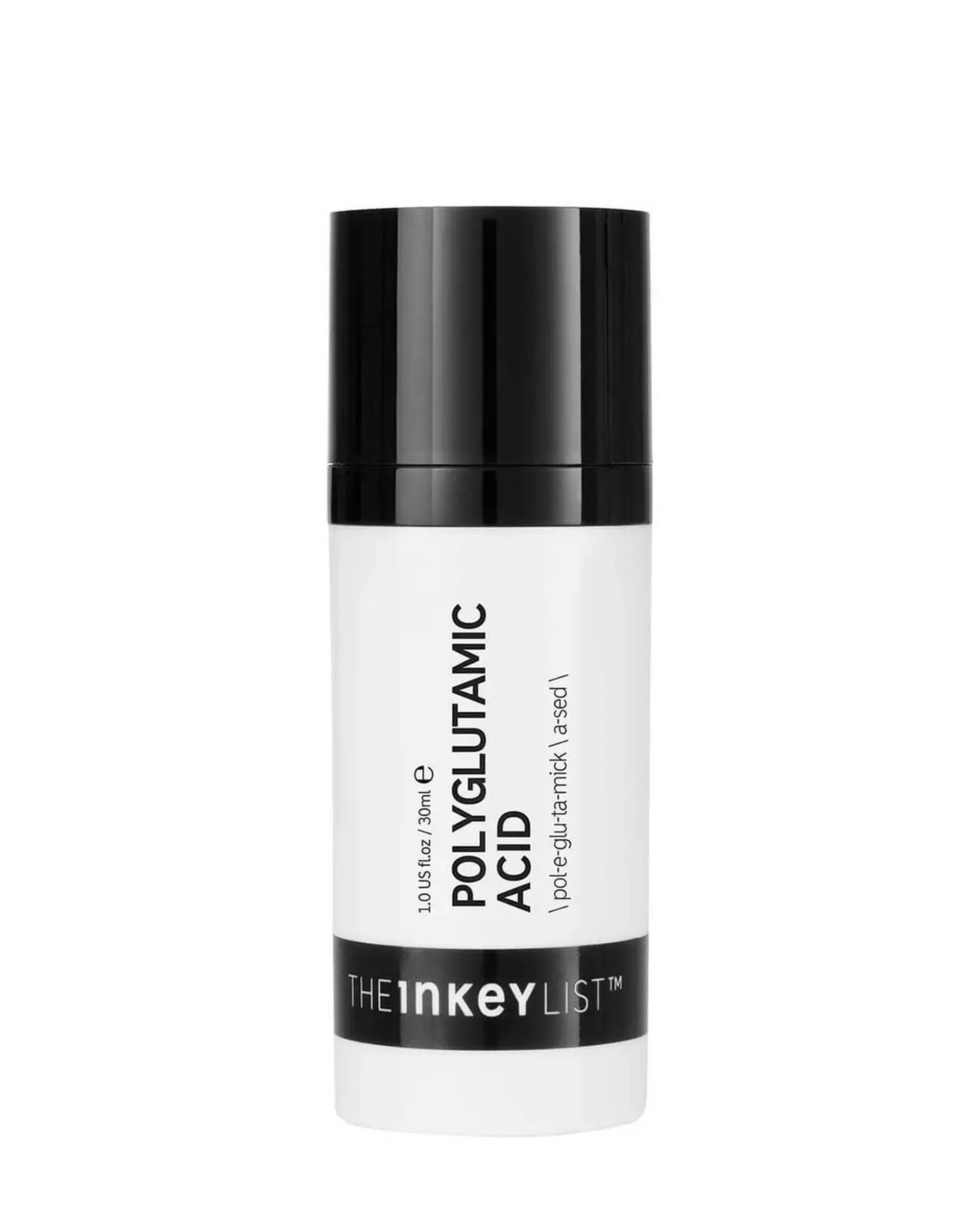Every so often in skincare, we come across an ingredient that’s the ultimate game-changer, and I’m calling it: polyglutamic acid is one of them. Here’s why I rate the ingredient so much, and how I suggest using it in your routine.
What is polyglutamic acid?
It’s a natural water-soluble polymer with hydrating properties that have been shown to supersede even our main hydration-hero: hyaluronic acid. As a humectant, polyglutamic is able to draw large molecular volumes of water from lower structures of the skin, as well as from the environment, helping our skin retain that supple, plump resilience that is necessary for youthful, hydrated skin.
Polyglutamic acid is made up of multiple chains of the amino acid glutamic acid, and has been used for decades in medicine to aid in wound healing.
Who can use polyglutamic acid?
As it’s a water-based hydrator, all skin types can use the ingredient. This includes dry, dehydrated skin that is craving water, hyper-sensitive skin needing barrier protection and ageing skin, due to its ability to increase the skin’s elasticity and firmness.
Polyglutamic is also extremely useful for acne-prone skin, particularly when used in combination with irritating or drying actives such as retinol, salicylic acid or benzoyl peroxide.
In addition to its hydration properties, it is known to have antioxidant benefits, which counteract the damage to our skin caused by environmental aggressors such as the sun or passive smoke.
How can you use polyglutamic acid in your routine?
Polyglutamic acid is a natural humectant that is active in very low concentrations (0.1%) and due to this, it can be found in many skincare and makeup formulations such as serums, moisturisers and toners. It is also common to find it in primers and foundations, as it provides what can be described as a fresh, hydrating hydrogel film over the skin, which leads to a dewy appearance.
If you can find polyglutamic acid in both your skincare and your makeup preparations, you’re in for a double dose of dewy-ness!
An example of this is The Inkey List’s new Polyglutamic Acid Dewy Sunscreen SPF 30, £14.99, Cult Beauty, which is able to hydrate and moisten the skin, effectively absorb ultraviolet radiation from the sun and act as a primer underneath makeup.
The brand’s Polyglutamic Acid Serum, £14.99, Cult Beauty, is also excellent, particularly when paired with its hyaluronic.
More doctor-approved products include:
Swipe and shop: Dr Kemi-approved polyglutamic skincare
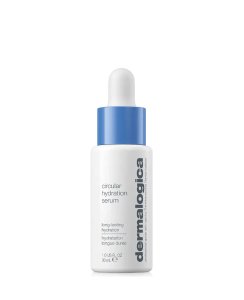
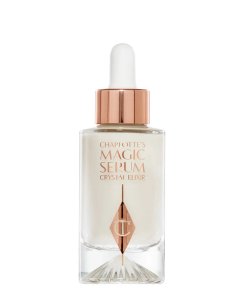
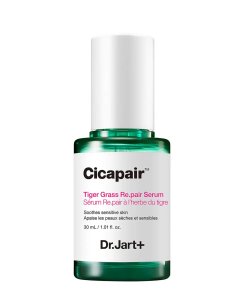
*Eliza may earn commission on sales from these product links
Should you use polyglutamic acid instead of hyaluronic acid?
Whilst polyglutamic acid is known to have a higher water-holding capacity than hyaluronic acid, there’s no need to turn our backs on our OG hydration superstar.
They both work in slightly different ways; polyglutamic acid is larger in molecular size than hyaluronic acid, and forms almost a hydrogel meshwork on the skin. This helps to prevent the evaporation of water and retain the aforementioned dewiness.
Hyaluronic acid on the other hand is able to sit on the skin and draw water deep from the lower layers.
Because of the different mechanisms of action, these two hydration powerhouses actually work best when used in combination (and not in competition) with each other.
Studies also show that polyglutamic acid may reduce the breakdown of hyaluronic acid in the skin and so it works synergistically with the ingredient, as well as potentiating its effects.
Apply a layer of hyaluronic first onto slightly damp skin, followed by your polyglutamic.
Are there any side effects to using polyglutamic acid?
No matter your skin type or skincare concern, you can always benefit from an extra hit of hydration. Because of this, polyglutamic acid can be of benefit to all skin types as mentioned (dry, oily, balanced, sensitive and combination) and for almost all skincare concerns.
As with any new ingredient, there is a theoretical risk of allergic reaction and so it’s important to look out for any signs of inflammation (redness, swelling, heat and irritation) and to do a patch test when you first start using a new product. However, on the whole, it’s a safe ingredient to introduce with ease.
